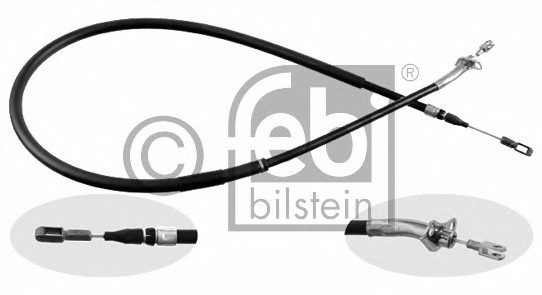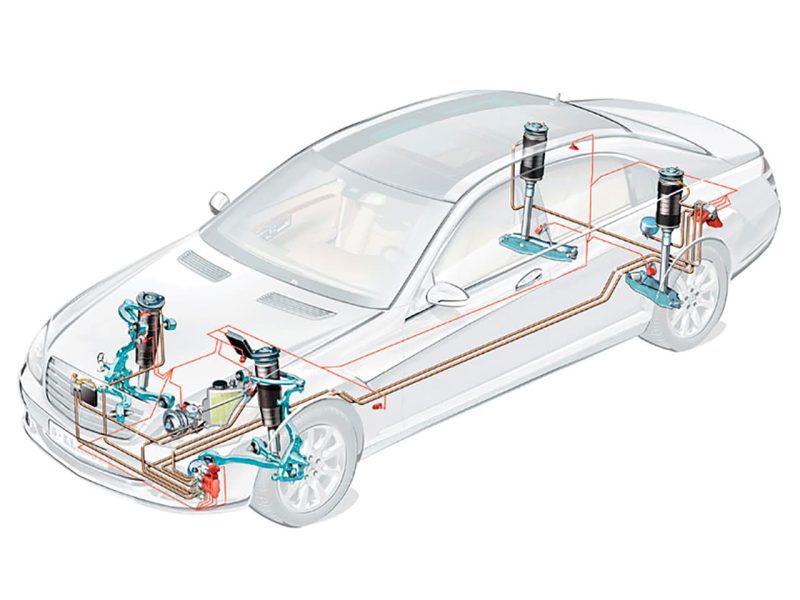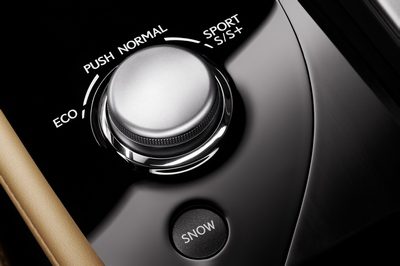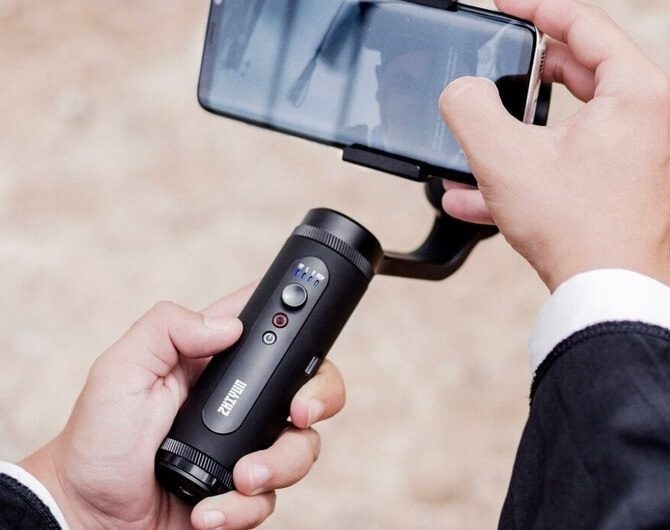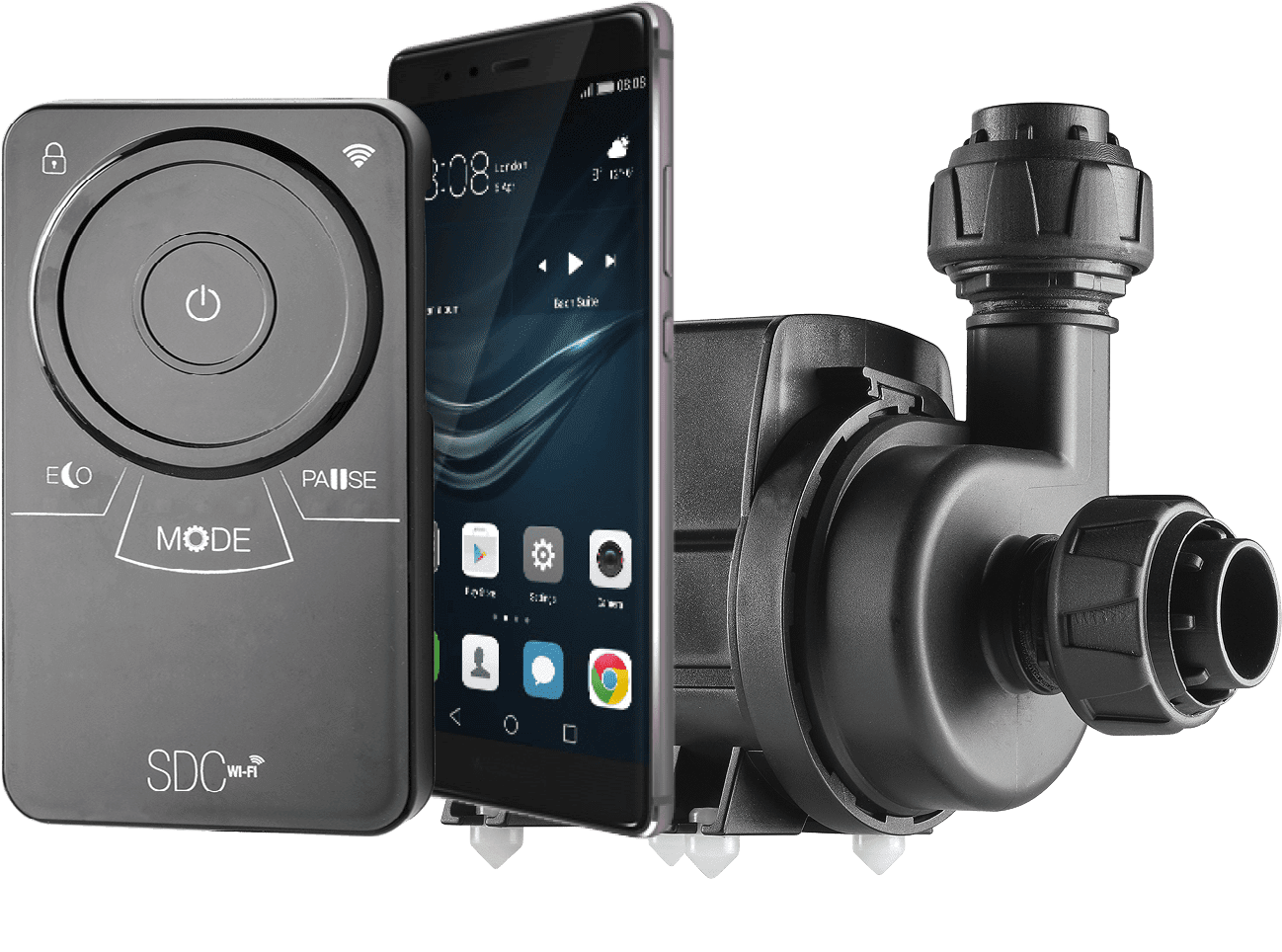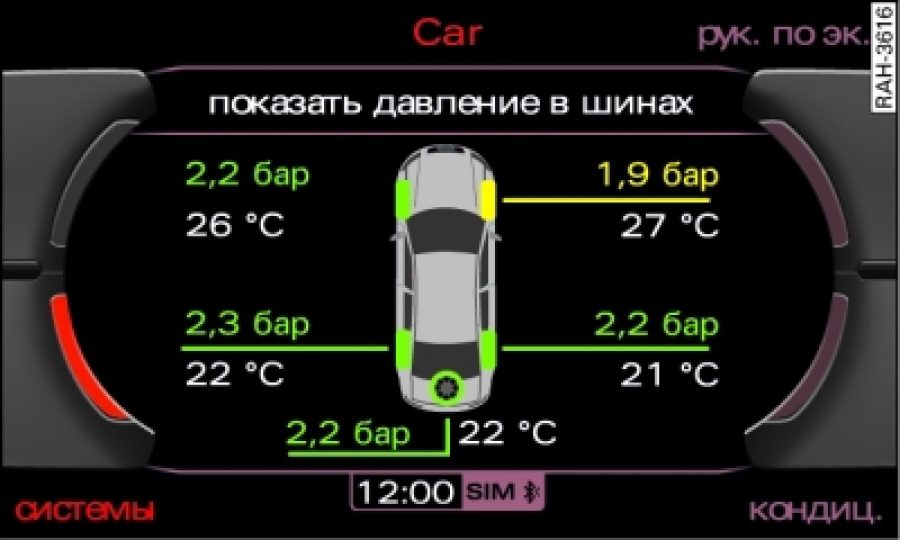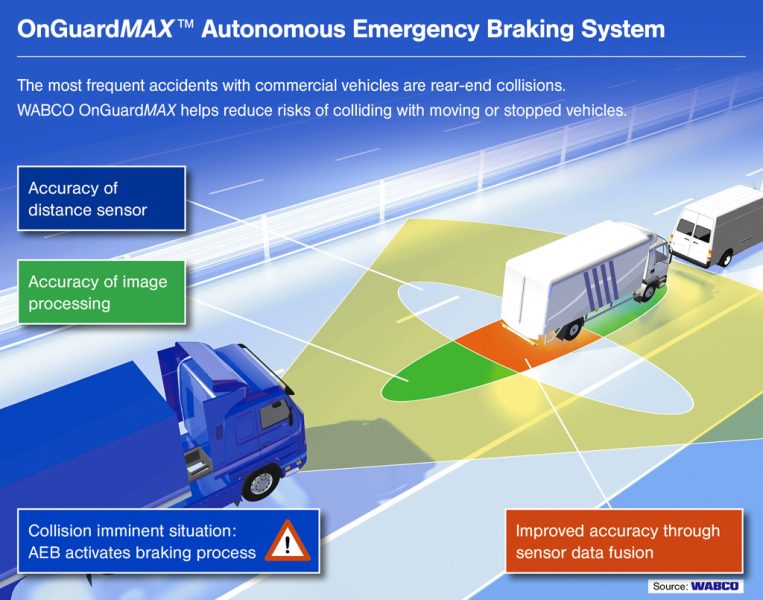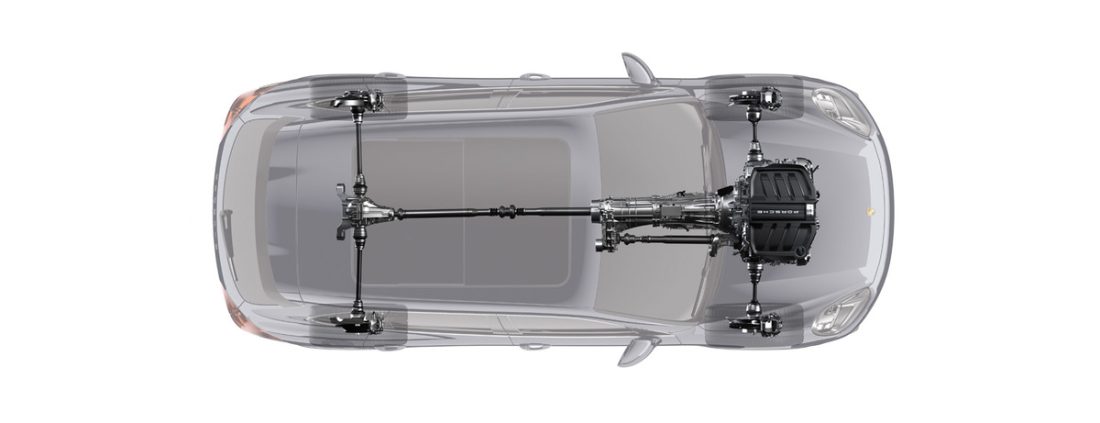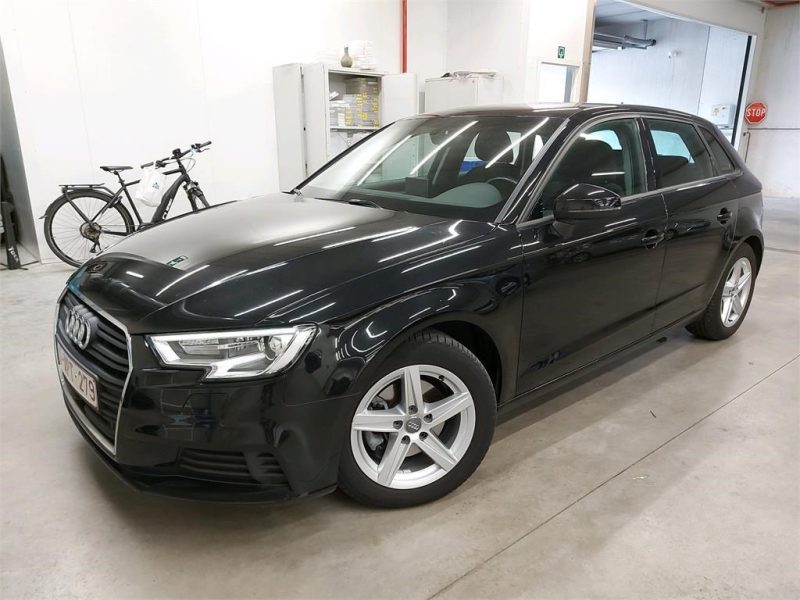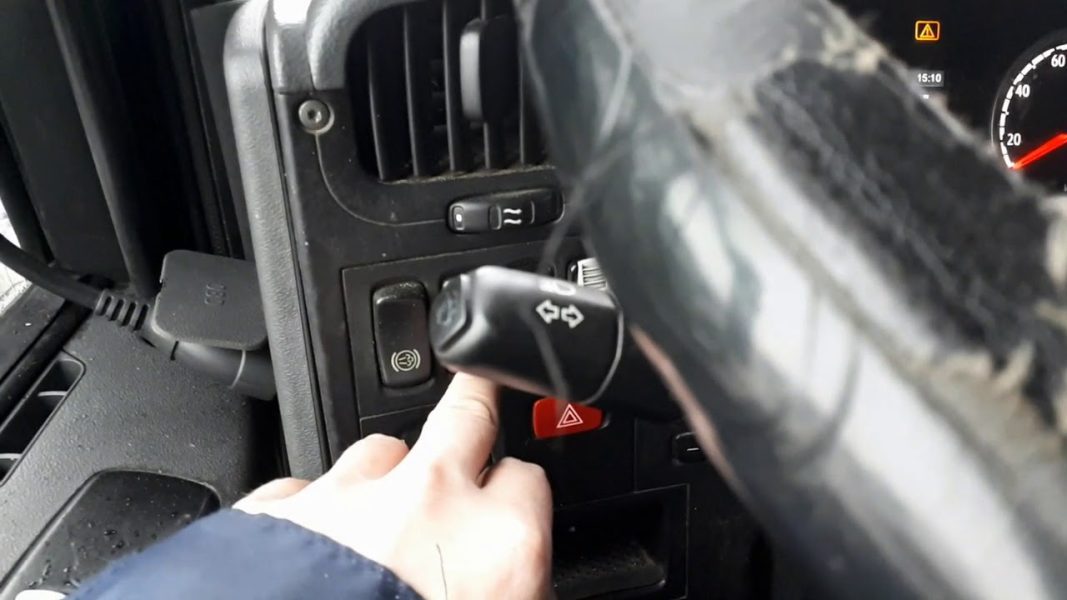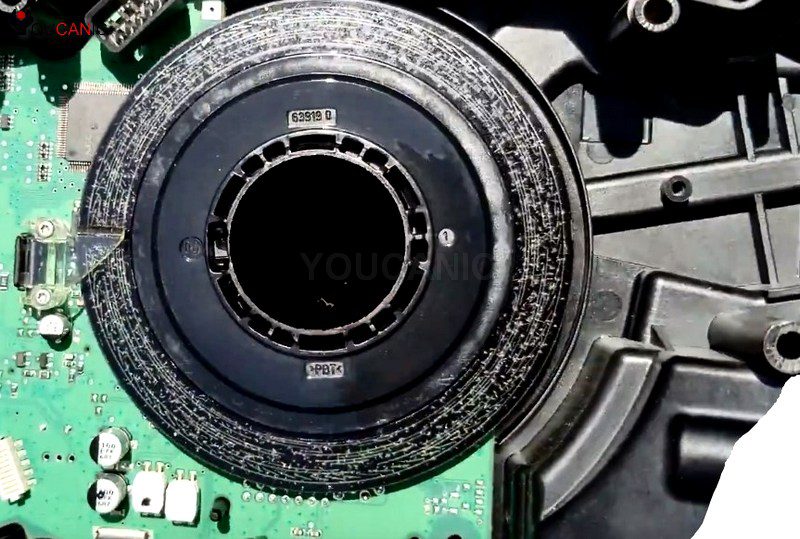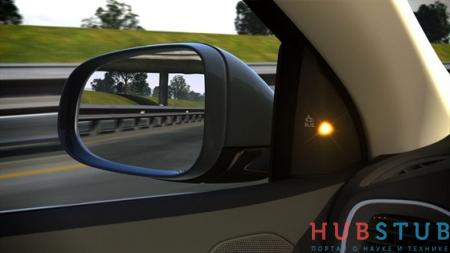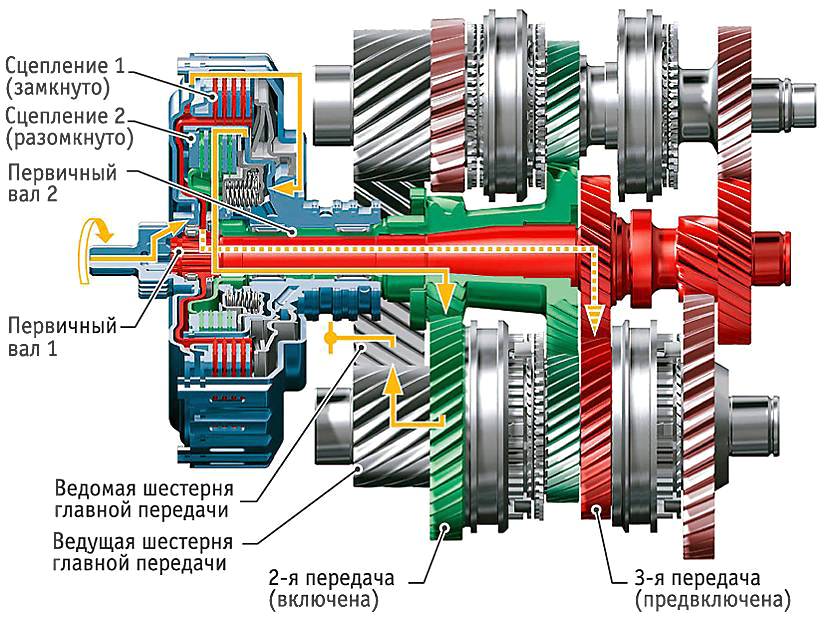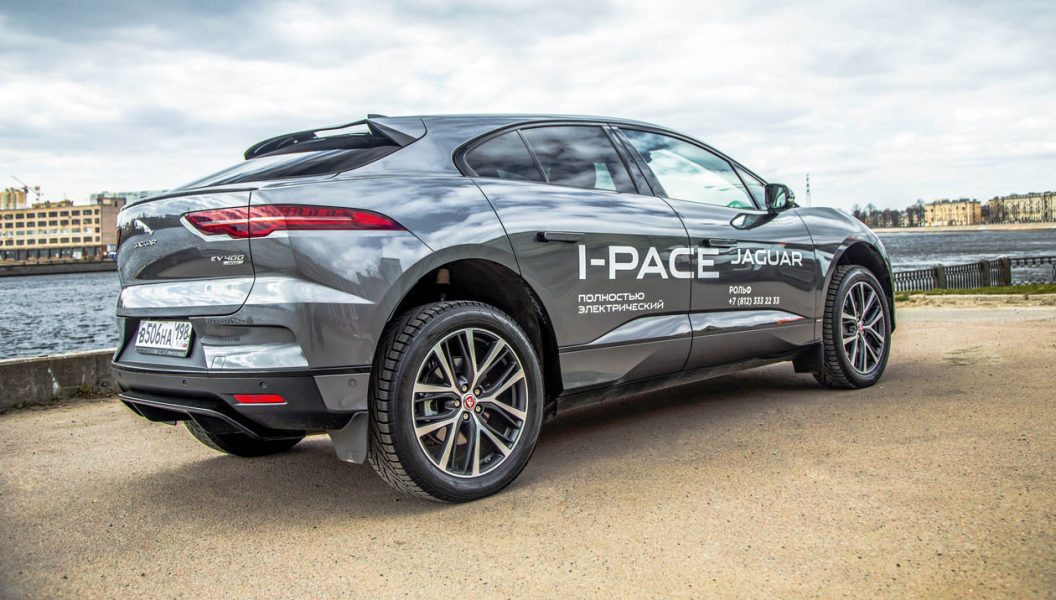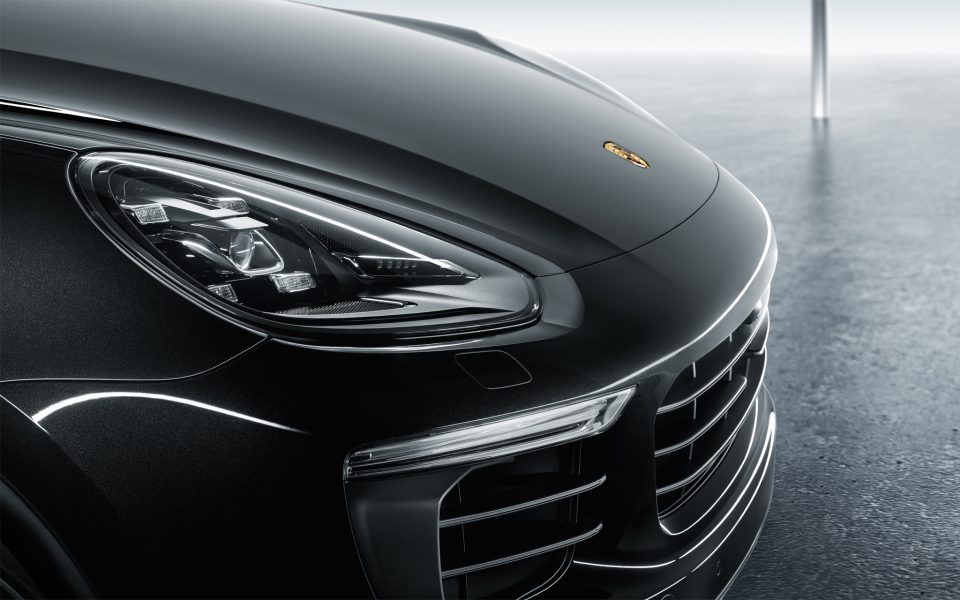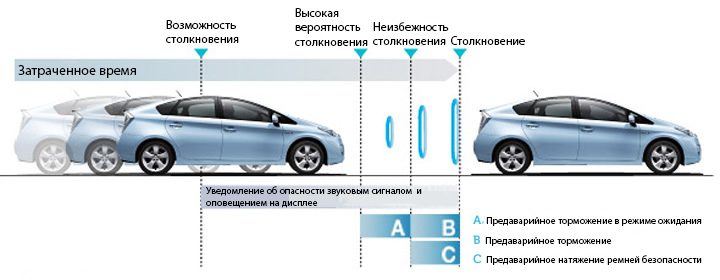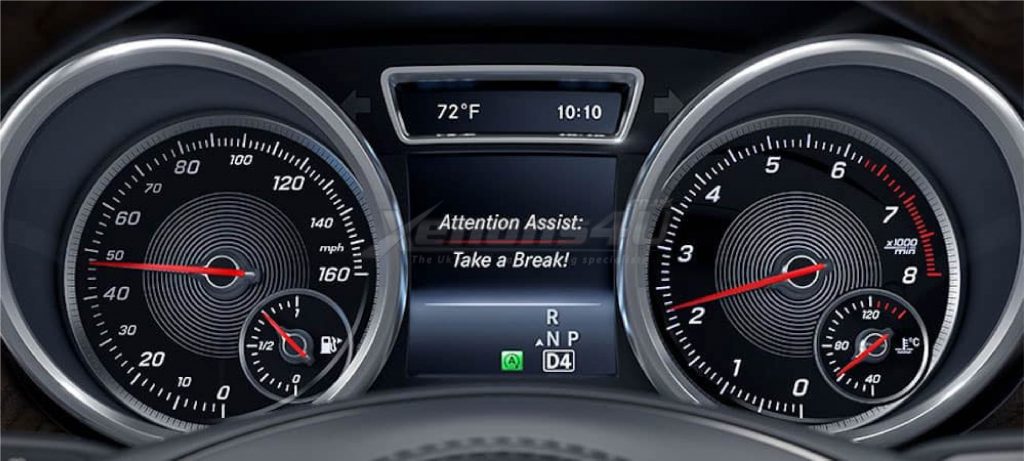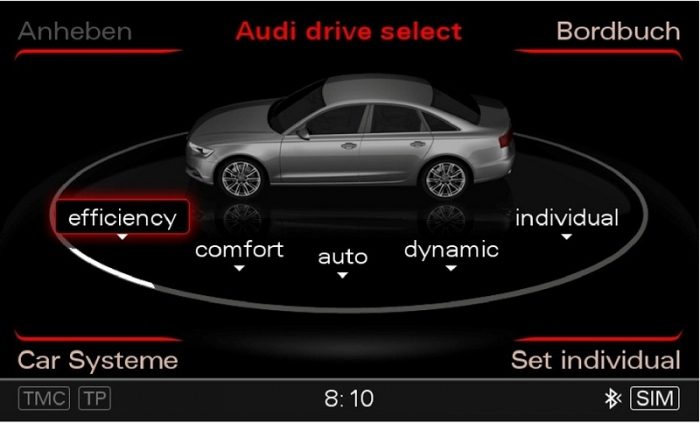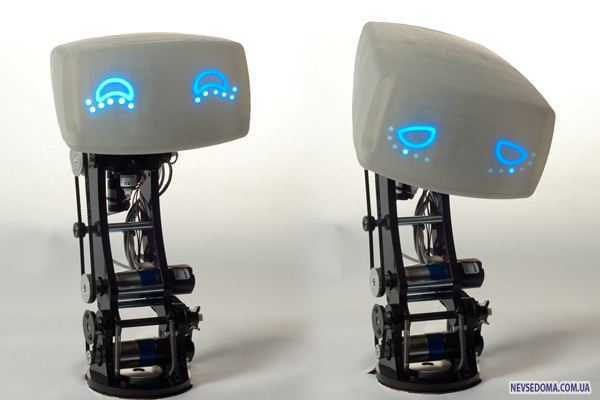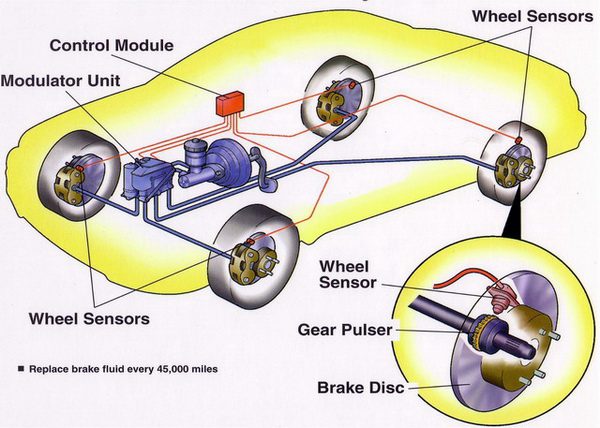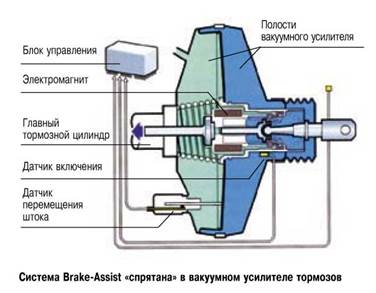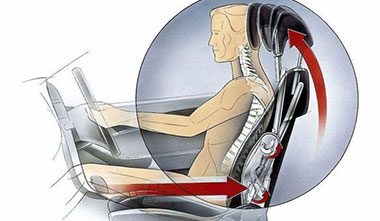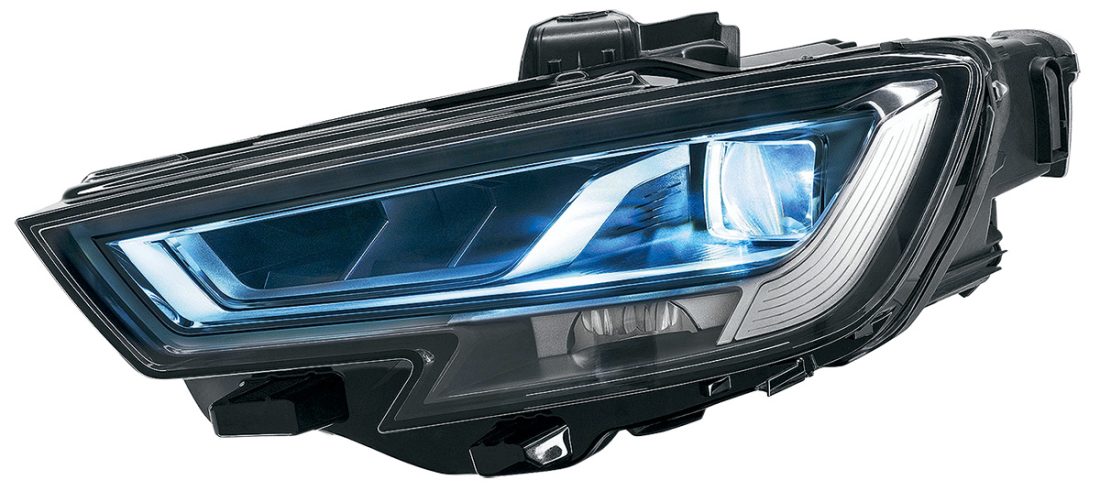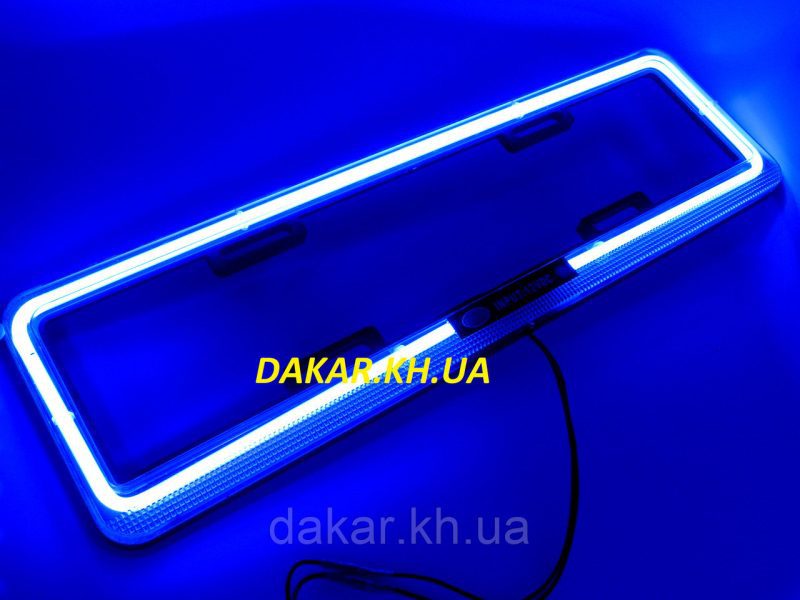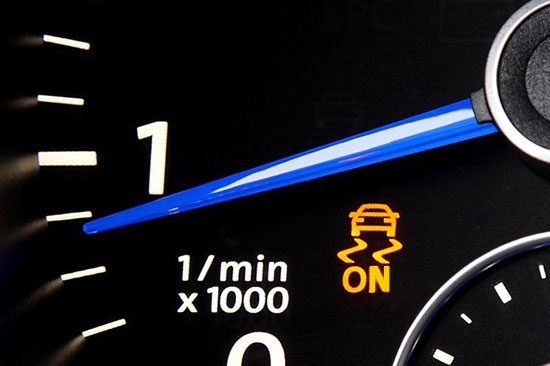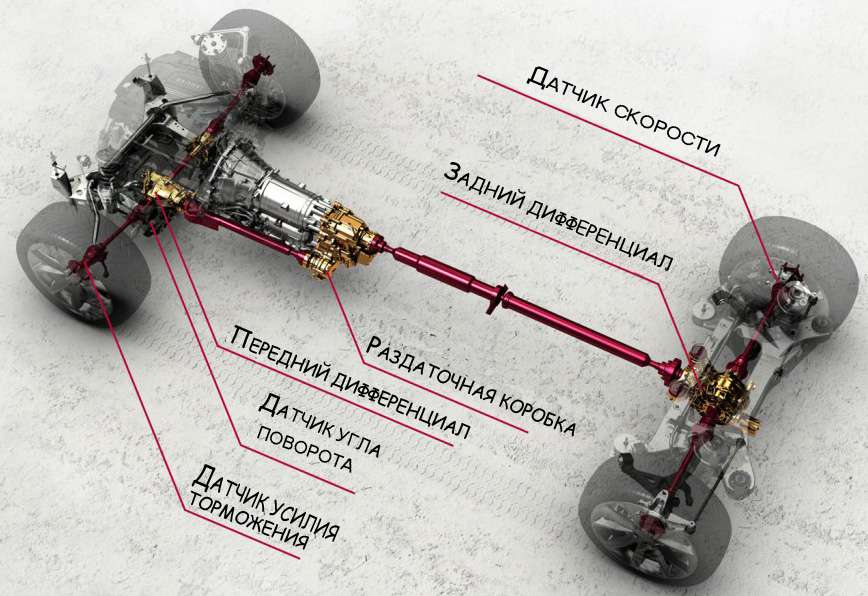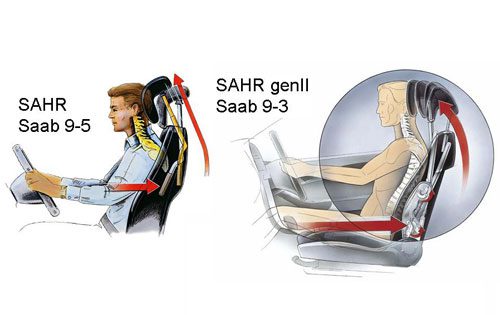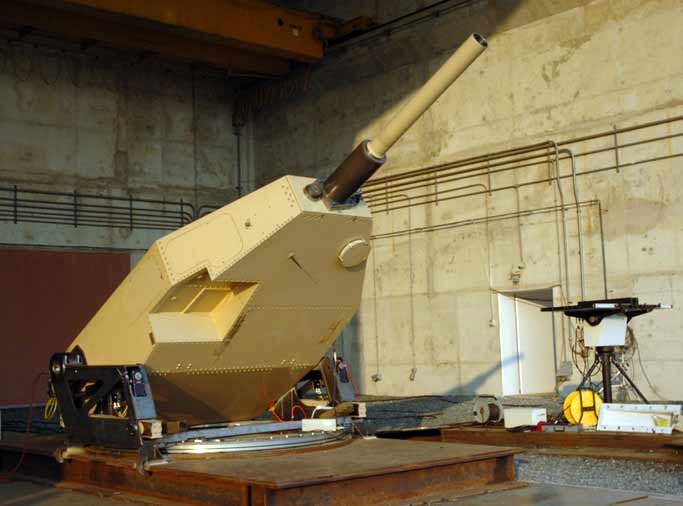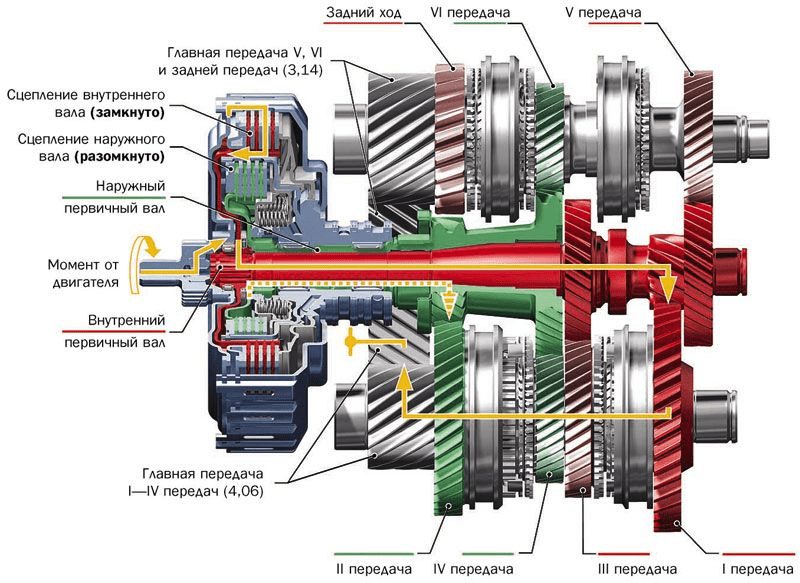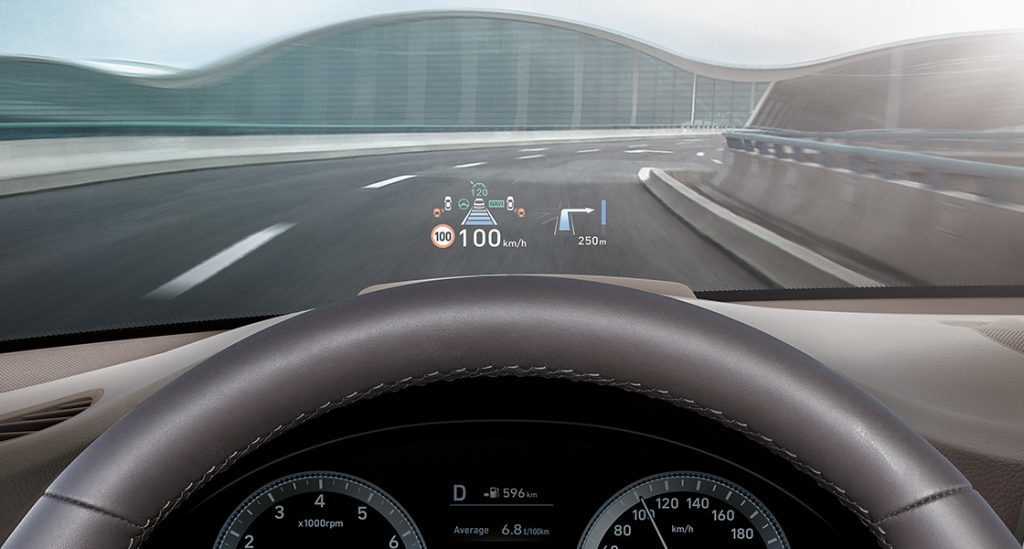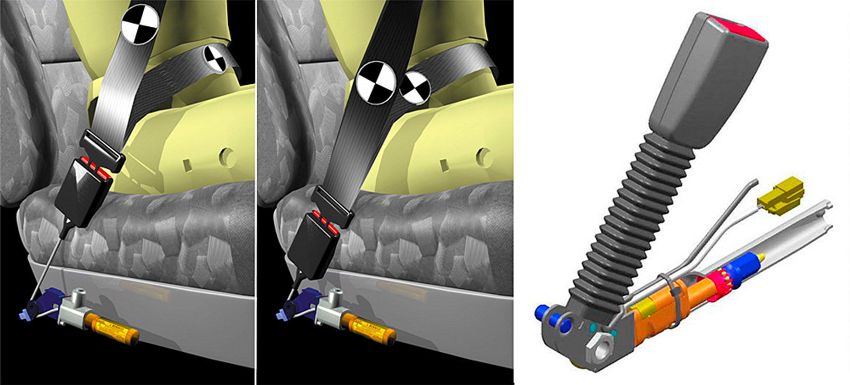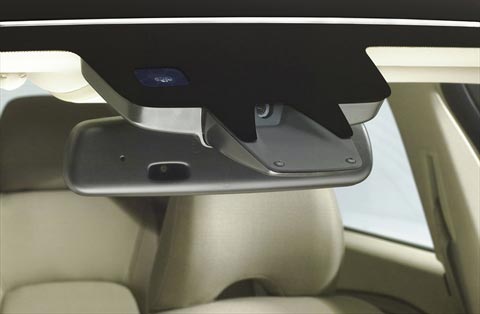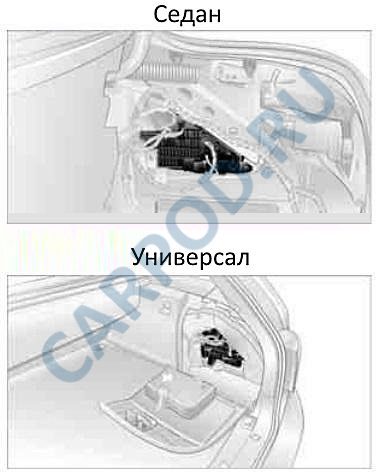Automotive Dictionary
Exhaust nozzle: functions, service and price
The exhaust tip is the last element that makes up the exhaust pipe and allows flue gases to exit at the rear of your vehicle. Its size, shape and material may differ from one car model to another. 💨 How does an exhaust nozzle work? The exhaust system consists of many elements, such as a manifold, a catalyst, a muffler or a particulate filter. The exhaust pipe tip is located at the end of the exhaust line circuit, it allows you to pump gases from the engine outside the car. Its role is very important and must not be hindered, otherwise it can have a significant impact on all parts of the exhaust system. Also called exhaust, fixed with a hose clamp, welding or cam system depending on handpiece models. Its shape can...
BSD - Blind Spot Detection
The Blind Spot Detection System, manufactured by Valeo Raytheon systems, detects if a vehicle is in a blind spot. The system continuously detects the presence of a car in the blind area in all weather conditions thanks to radars located under the rear bumpers and warns the driver. The system recently received the PACE 2007 award in the Product Innovation category.
AKSE - Automatic Child System Recognized
This abbreviation stands for additional equipment from Mercedes for recognition of child seats of the same model. The system in question only communicates with Mercedes car seats via a transponder. In practice, the front passenger seat detects the presence of a child seat and prevents the front airbag from deploying in the event of an accident, avoiding the risk of serious injury. Benefits: unlike manual deactivation systems used by other car manufacturers, this device always guarantees deactivation of the front passenger's airbag system even in the event of an oversight by the driver; Disadvantages: The system requires the use of special seats made by the parent company, otherwise you will be forced to place a regular seat in the rear seats. We hope to see working standardized systems soon, even if they are not branded by the car manufacturer.
AEBA - Advanced Emergency Brake Assist
It is an innovative active safety system that works in conjunction with ACC. When this detects a possible risk of collision, the AEBA system prepares the braking system for emergency braking by bringing the brake pads into contact with the discs, and as soon as the emergency maneuver begins, it applies the maximum braking force achievable. Anamnestic driver's license certificate: cost, validity period and from whom to request it
APS – Audi Pre Sense
One of the most sophisticated active safety systems developed by Audi for emergency braking assistance, very similar to pedestrian detection. The device uses the radar sensors of the car's ACC system to measure distances and a video camera installed at the highest point in the cabin, i.e. in the area of the interior rearview mirror, capable of providing up to 25 images each. Second, what's going on ahead. in a very high resolution car. If the system detects a dangerous situation, the Audi brake protection function is activated, which emits a visual and audible signal to the driver to warn him, and if a collision is unavoidable, it causes emergency braking to reduce the intensity of the impact. The device is especially effective even at high speeds, allowing, if necessary, to drastically reduce the speed of the vehicle and, therefore,…
DSA - DSAC - dynamic steering angle control
The function is integrated with the ESP Premium system, all Bosh systems, which improves skid correction. This means steering angle control as it separates the front wheels from the steering wheel to compensate for understeer and oversteer.
Side Assist - blind spot vision
The device was developed by Audi to enhance the driver's perception even in the so-called "blind spot" - an area behind the car that is inaccessible to either the interior or exterior rear-view mirror. These are two 2,4 GHz radar sensors located on the bumper that continuously "scan" the risk area and turn on the warning light (warning phase) on the exterior mirror when they detect a vehicle. If the driver places an arrow indicating that he intends to turn or overtake, the warning lights flash more intensively (alarm phase). Proven on the road and on the track, the system (which can be switched off) works flawlessly: it has excellent sensitivity even for small vehicles such as motorcycles or bicycles on the right side, it does not interfere with the view (yellow…
HFC - Hydraulic Fade Compensation
Optional ABS feature adopted by Nissan to reduce braking distance. It is not a brake distributor, but is used to reduce the "fading" phenomenon that can occur on the brake pedal after particularly heavy use. Fading occurs when the brakes overheat under extreme operating conditions; a certain degree of deceleration requires more pressure on the brake pedal. The moment the temperature of the brakes rises, the HFC system automatically compensates by increasing the hydraulic pressure in relation to the force applied to the pedal.
AFU - Emergency Braking System
AFU is an emergency brake assist system similar to BAS, HBA, BDC, etc. It instantly increases the brake pressure in the event of a quick release of the brake pedal to minimize the vehicle's stopping distance, and automatically turns on the ignition of the hazard lights to warn the next vehicles facilities.
BAS Plus – Brake Assist Plus
It is an innovative Mercedes active safety system, which is especially useful in case of danger of a collision with a car or an obstacle in front of it. This is a device capable of performing emergency braking whenever the driver of the vehicle is unaware of an imminent danger, thereby reducing the vehicle's speed and reducing the severity of the impact. The system is capable of operating at speeds between 30 and 200 km/h and uses radar sensors also used in Distronic Plus (adaptive cruise control installed in the house). BAS Plus has an integrated Pre-Safe system that warns the driver with sound and light signals if the distance to the vehicle in front is closing too quickly (2,6 seconds before a hypothetical impact). It also calculates the correct brake pressure to avoid possible…
ARTS - Adaptive Restraint Technology System
Jaguar's unique and sophisticated Intelligent Restraint System helps protect front seat occupants in the event of a collision. In a fraction of a second, it can estimate the severity of any impact and, using weight sensors mounted on the front seats, along with other sensors that detect seat position and seat belt condition, can then determine the appropriate inflation level for the dual-stage airbags.
Night View - Night View
Innovative infrared technology developed by Mercedes to improve perception in the dark. With Night View, Mercedes-Benz technicians have developed "infrared eyes" capable of detecting pedestrians, cyclists or obstacles in the road ahead of time. Behind the windshield, to the right of the interior rearview mirror, is a camera that, instead of detecting infrared light emitted by hot objects (as BMW's device does), uses two additional infrared-emitting headlights. The two headlights, mounted next to the traditional headlights, light up when the car reaches 20 km/h: they can be seen as a pair of invisible high beams that illuminate the road with a light that is only detected by the night vision camera. On the display, the image is the same black and white, but more detailed than in the BMW system, ...
SAHR - Saab Active Headrest
SAHR (Saab Active Head Restraints) is a safety device attached to the top of the frame, located inside the seat back, that is activated as soon as the lumbar region is pressed against the seat in the event of a rear impact. This minimizes occupant head movement and reduces the chance of neck injuries. In November 2001, The Journal of Trauma published a comparative study in the United States of Saab vehicles equipped with SAHR and older models with traditional head restraints. The study was based on real impacts and found that SAHR reduced the risk of whiplash in a rear impact by 75%. Saab has developed a "second generation" version of the SAHR for the 9-3 sports sedan with even faster activation in rear impacts at lower speeds. System…
DASS - Driver Attention Support System
Starting in spring 2009, Mercedes-Benz will introduce its latest technological innovation: a new Driver Attention Assistance System designed to recognize driver fatigue, which is usually distracted, and warn them of danger. The system works by monitoring driving style using a number of parameters such as driver steering inputs, which are also used to calculate driving conditions based on longitudinal and lateral accelerations. Other data that the system takes into account are road conditions, weather and time.
Ambient view
The system is especially useful for providing excellent visibility during parking manoeuvres. It includes a reversing camera whose images are shown on the on-board display from an optimized perspective. Interactive lanes show the optimum steering angle for parking and the minimum turning radius. The device is especially useful if a trailer needs to be connected to the car. Thanks to a special zoom function, the area around the towbar can be enlarged, and special static lines help to correctly estimate the distance. Even the interactive connecting line, which changes according to the movement of the steering wheel, makes it easier to accurately approach the hook to the trailer. In addition, the system uses two cameras integrated in the rear-view mirrors to collect additional data regarding the vehicle and its environment, processing, thanks to the central…
CWAB - Collision Warning with Auto Brake
A safety distance control system that works in all cases, even when the driver is adjusting the Volvo throttle. This system first warns the driver and prepares the brakes, then if the driver does not brake in an imminent collision, the brakes are applied automatically. Collision warning with AutoBrake is on a higher technological level than the brake assisted collision warning introduced in 2006. In fact, although the previous system introduced on the Volvo S80 was based on a radar system, collision warning with Auto Brake is not only used. radar, it also uses a camera to detect vehicles in front of the car. One of the main advantages of the camera is the ability to recognize stationary vehicles and warn the driver while maintaining a low…



